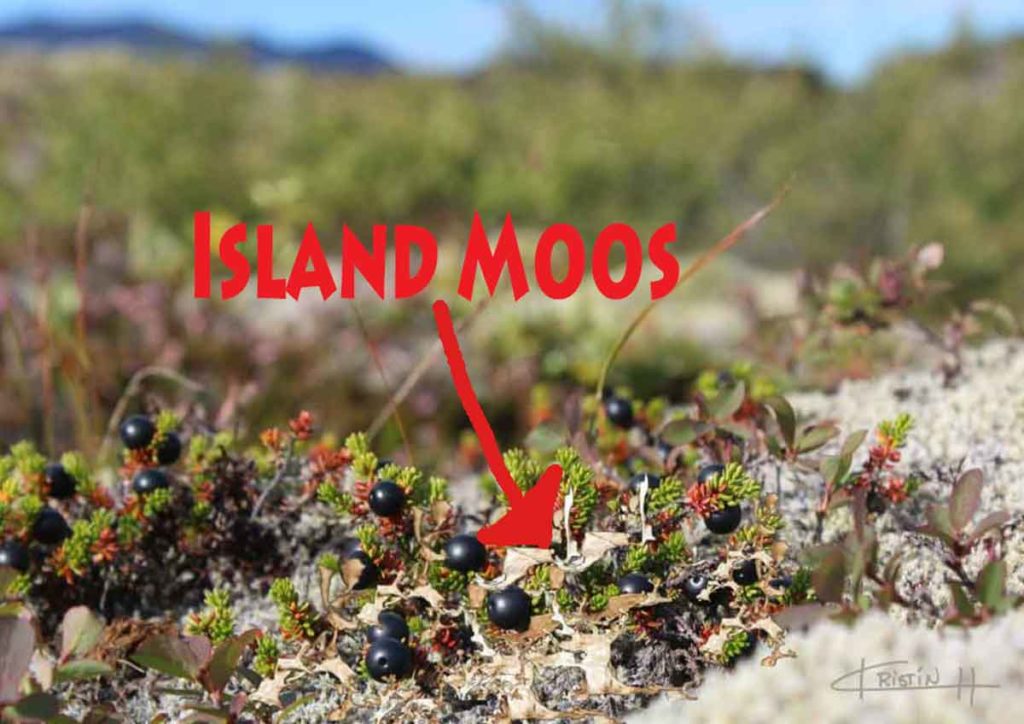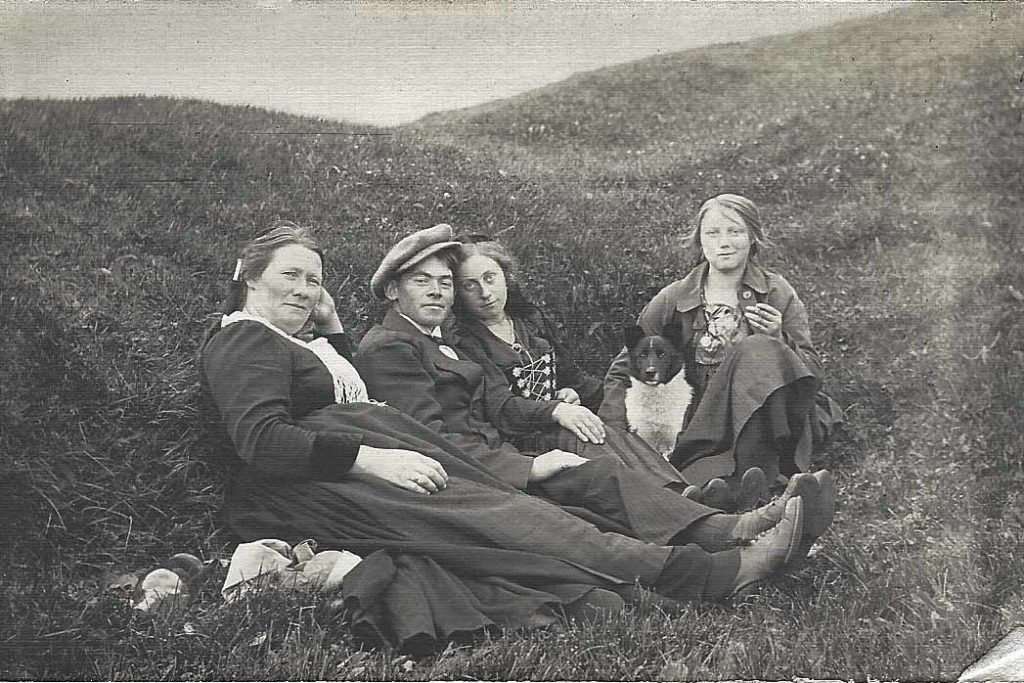Well deserved rest. Photo/Karl Christian Nielsen
At the time of the spectacular twin birth reported above, “Fjallagrös”, known in Icelandic as “Icelandic lichen” (Catraria islandic), played an important role in the survival of the Icelandic population, especially in the hard, deprived winters.
They were dried and ground and mixed with many foods, such as flour, groats, milk or tea. They also gave them healing powers and used them for throat diseases and stomach problems.
In historical sources from the Viking Age there is evidence that the importance of Icelandic moss was already recognized at that time. There it is written that the value of a farm was based on its location.
That is, the more favorable the geographical conditions were to people’s lives, the more valuable the farm. These conditions included e.g. the proximity of a river with salmon and a breeding ground for eider ducks in order to gather their warming down. But also, a nearby mountain on which the Icelandic lichen grew increased the value of a homestead.
The harvest of the Icelandic moss was female work. In early summer, before the hay harvest and after the lambing time was over, or in the autumn months, a group of young girls and older women on horseback headed for the mountains, accompanied by a man in charge of packing the horses with the crop.
They were usually one to two weeks on the road and stayed in tents. The Icelandic moss was usually harvested at night and early in the morning, when it was damp, and it was easier to separate the “plant” from the moss.
Due to the bright nights it could easily be worked at these times. The Icelandic lichen was collected in bags that the women carried on their backs. Then, the plants were laid out to dry before they were stowed on the horses. The function of horses as load carriers was indispensable for humans at that time.
In the time of waiting, the women sat together, singing and telling each other stories. Once the work was done, they rode back down into the valley. There, the Icelandic lichen was usually spread once again to dry completely before being stored in tons.

Source: Jónas Jónasson frá Hrafnagili, Íslenskir þjóðhættir, year 1945, p. 64-66.

